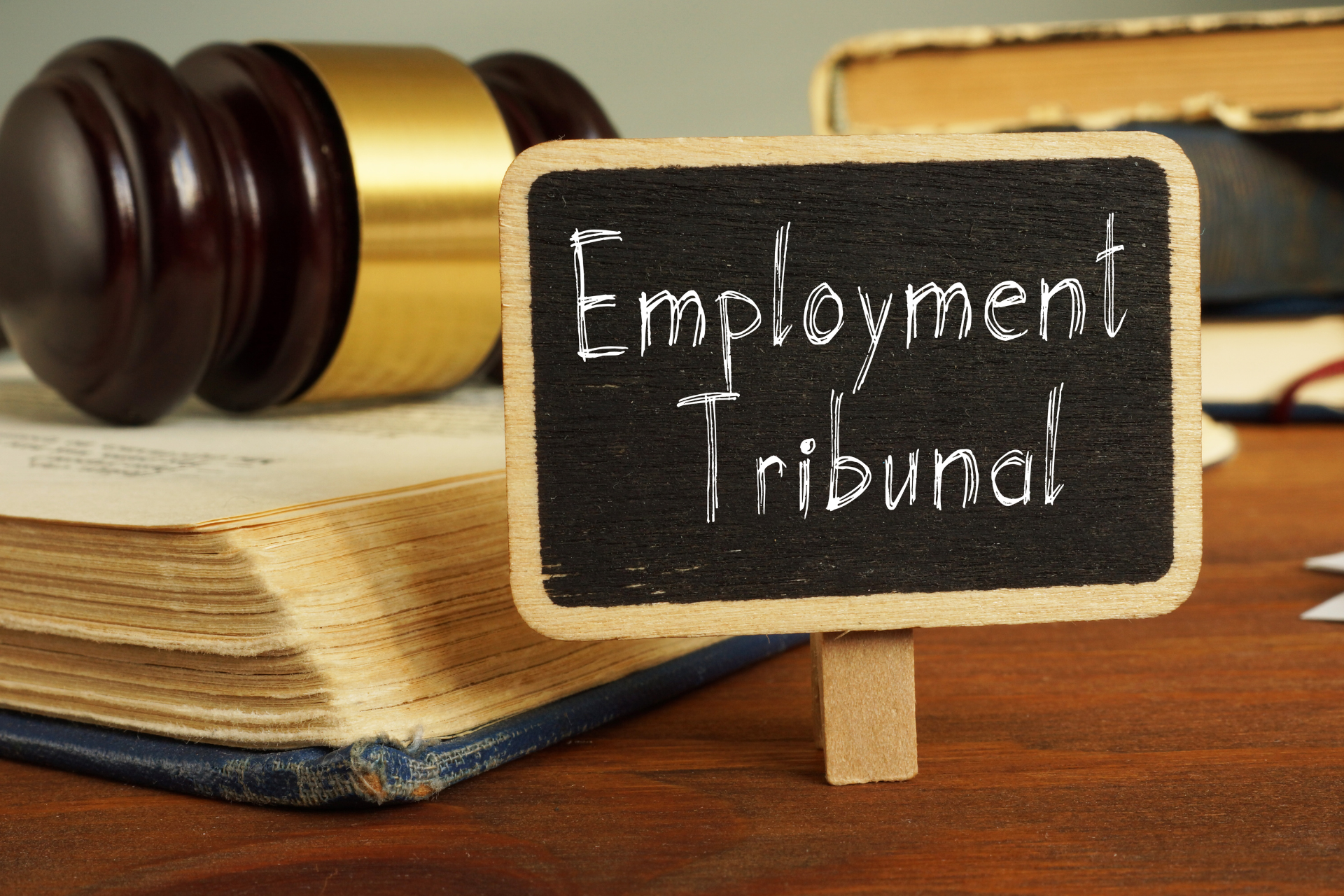“We don’t want this to go to Tribunal!” Have you heard that phrase mentioned before? Often Employment tribunals can be seen as the worst-case scenario for small to medium-sized businesses. Within this blog, we will first review the function of an Employment Tribunal, the steps leading to a Tribunal, and what to expect when at the Tribunal.
FUNCTION OF THE EMPLOYMENT TRIBUNAL
Employment Tribunals deal with claims brought against employers by employees relating to their employment or its termination. Types of disputes heard by Employment Tribunals can vary but may include:
- Unfair dismissal;
- Wrongful dismissal;
- Discrimination;
- Deductions from wages.
- Declaring contractual terms.
At the Tribunal, an Employment Judge and sometimes with two ‘lay individuals’ who have employer and employee experience, will decide a ruling for a claim. If the employer is not successful in defending the claim, they may be ordered to pay compensation to the (former) employee, and in some (uncommon) cases, legal costs.
Most Employment Tribunal hearings are public and decisions are published on the Tribunal website, including the names of the parties.
STEPS THAT LEAD TO A TRIBUNAL
For an individual making a claim at an Employment Tribunal, this should be the last resort, as many processes exist to bridge the gap between an employee complaint and going to Tribunal.
Instead of going straight to an Employment Tribunal, what other steps can be taken?
- According to Acas, both parties should aim to exhaust all internal procedures ensuring that appeals processes are properly managed and conducted (where possible, by managers who haven’t been involved in the case). What if the employee is still unhappy with the outcome?
- The company and employee may agree to mediate. Mediation is a process to try to resolve workplace conflicts or disputes. It is a voluntary process led by an impartial third party. Mediation guides participants toward reaching mutually acceptable solutions. What if the employee is still unhappy with the outcome?
- The individual and organisation may agree to participate in early conciliation through Acas. Early conciliation involves Acas talking to both the employee and the employer about the dispute. It gives both parties the chance to come to an agreement (known as a COT3 and similar to a settlement agreement) without having to go to an Employment Tribunal.
- At any stage, companies are able to enter into a settlement agreement; these are documents that set out the terms and conditions agreed upon by those involved (the two parties) when they agree to settle a potential Employment Tribunal claim. The usual key features of a settlement include waiving an individual’s rights to bring a claim to Tribunal with the condition they will receive some form of monetary payment.
WHEN ALL ELSE FAILS
Should the employee still wish to make a claim through the Tribunal system, they will first need to contact Acas and receive an Early Conciliation Certificate which evidences that Acas was unable to help the parties to agree on a resolution. After this, the employee will complete an ET1 form.
Once the Tribunal has received the claim form, it will send a copy of the ET1 form to the employer together with a form for the employer to complete (called an ET3 form). The respondent (the employer) has 28 days to complete and return the ET3 to the Tribunal.
To prepare for the hearing, employers usually create a ‘bundle’. A bundle is an agreed file of documents that both parties intend to rely on at the hearing. This is generally the evidence of the dispute and usually includes contracts of employment, letters, emails, and notes of meetings.
It is worth noting at this point, right up to the date of the Tribunal and even during the hearing, the employee and employer are able to settle.
WHAT TO EXPECT AT AN EMPLOYMENT TRIBUNAL?
“Having to go to an Employment Tribunal can be a daunting experience and is not something that you should do without seriously considering getting legal advice and representation” says Robin Watson, solicitor at View HR.
Generally, are two main types of hearings that will take place. The first is a preliminary hearing. This is normally a short hearing to address any issues to ensure that the case can proceed without any problems. The other is a full hearing when all the evidence is heard and is the actual trial.
At the start of the hearing, the employment judge and other Tribunal members will introduce themselves. All parties will be seated (it is worth noting that there are no wigs or gowns). The Judge will decide which side will give their evidence first, the Claimant or the Respondent.
Both parties will be allowed time to present their evidence and provide witness testimonies. After each side has given their evidence, they will be cross-examined by the other party or their representative.
Both parties or their representatives make closing submissions once all the evidence has been given. This gives them the opportunity to summarise their case to the Employment Tribunal.
Once the case is concluded, the hearing will usually be adjourned so that the Tribunal members can consider their decision. The Tribunal may give its judgment orally on the day of the hearing or if the case is a complex one, the decision will be reserved and a written judgment sent out to the parties at a later date.
If successful in their claims, the remedy sought by the employee, usually compensation, can be assessed at the Final Hearing, or sometimes a Remedy Hearing will need to be arranged.
While there are many processes to prevent tribunal claims, many new cases are still being submitted. According to the Ministry of Justice, 9,000 new cases were submitted to the Tribunal in 2022, a 10% drop compared to 2021. Of these, 12,000 were multiple cases, being claims brought by two or more individuals against the same employer.
Across 2022 as a whole, there have been 11,742 multiple case claims submitted to the Tribunal – more than single claims or multiple claimant claims. These can vary each year due to the way that one-off multiple claims and sometimes skew data.
If you need support in preventing a Tribunal claim or are at the point of Tribunal, please get in touch with one of our experienced legal professionals who are willing to help you. Robin urges that “the time to respond to a claim is short and you should not delay in seeking advice. Is it not often that a claim is very simple and to be managed alone.” warns Robin.
“We are always happy to talk about claims, but advise that we get involved long before it gets to that stage. Often we can advise on ways to avoid a claim being made or how best to get ready for a claim.” says Robin.


